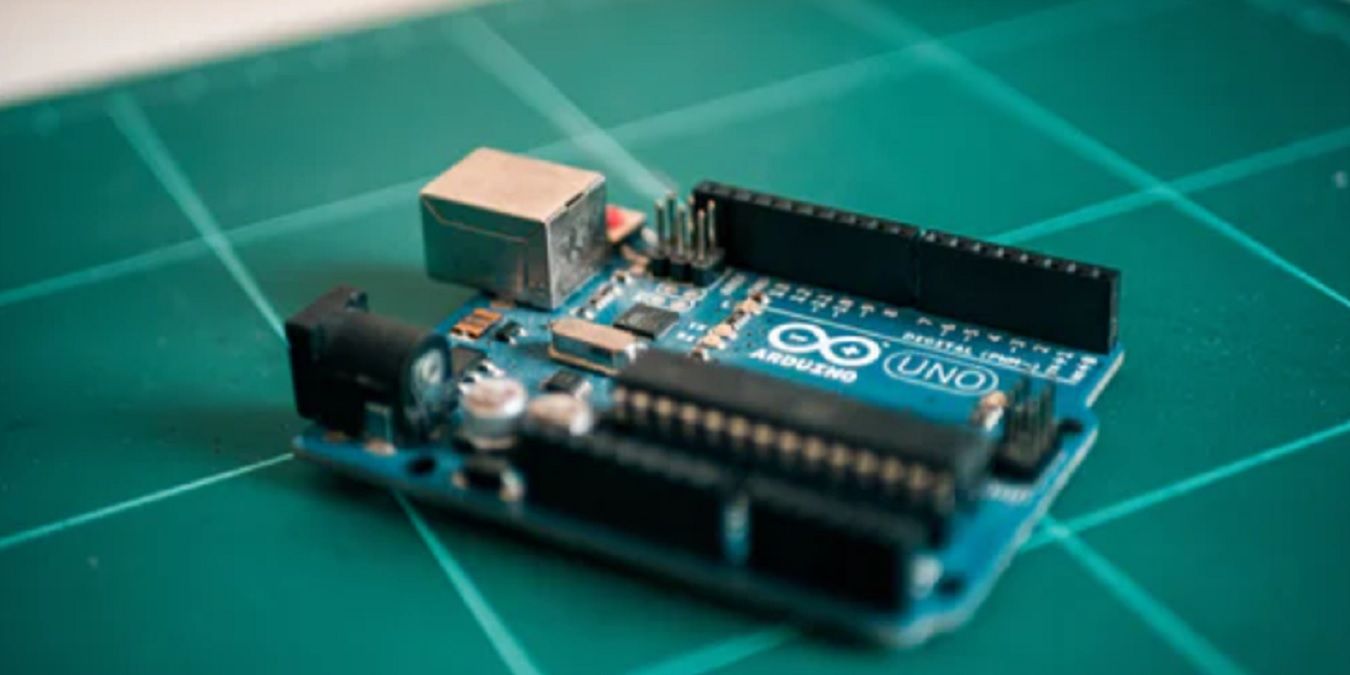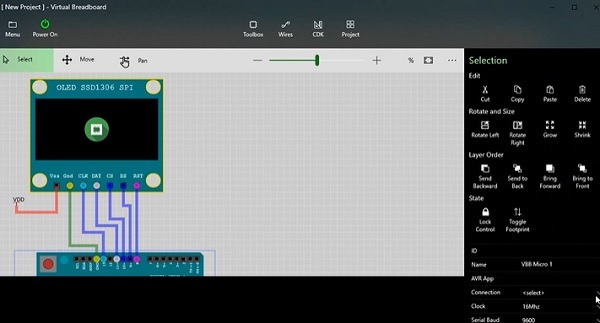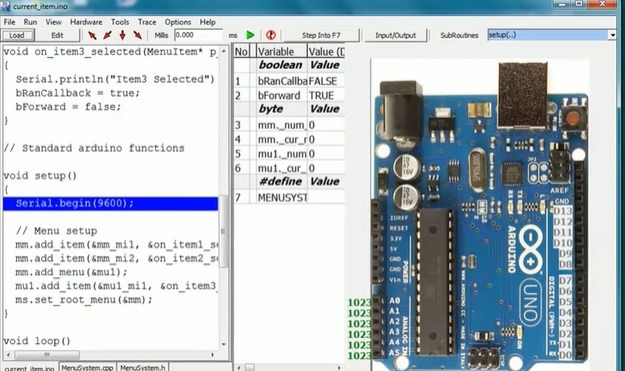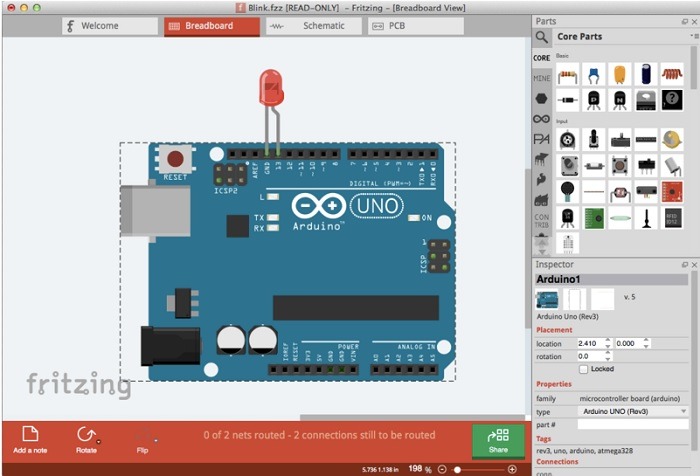
Arduino projects are fun and often lead to useful customizations and creations. However, if you’ve ever spent a while on a project only to discover it doesn’t work as planned, you might have wished you could have tested it another way first. Arduino simulators help you do just this.
Why Use Arduino Simulators
There are multiple reasons to use Arduino simulators. The most obvious is testing. You don’t have to use any equipment. Instead, you load up the simulator and build a virtual version of your project. This lets you quickly see if everything is going to work before you invest too much time and money.
Concerning equipment, you may not have an Arduino board or kit readily available at the moment. You may already be using what you have for other projects, such as controlling certain things in your smart home. With simulators, you can test without buying more equipment or while you’re waiting for more to arrive.
Learn before you begin. If you’re new to Arduino, it may feel a little intimidating at first. Whether you’re new or teaching someone else, a simulator is a risk-free way to learn more about circuitry and electronics without damaging anything. During the learning phase, this can save you a lot of money. You can always buy a kit when you feel you’re ready.
Picking the Best Arduino Simulator
You’ll discover there are numerous options to choose from. However, you’ll want to look for features, such as:
- Arduino-focused – Some are focused on general electronics and boards and may not offer the most accurate representation.
- Cost – You can find some basic simulators for free, but most of the more professional simulators aren’t free. However, costs can range anywhere from under $20 to over $200, so pick one that fits your budget and needs.
- Detailed editor – You’ll want a simulator that provides as many options as possible to create a true simulation of what you want to build.
- Easy development editor – An easy-to-use editor makes it simple to program your virtual board and debug it if errors occur.
1. Virtual Breadboard
One of the easiest to use Arduino simulators, and my personal favorite for most projects, is Virtual Breadboard. The virtual boards look great, and connecting everything virtually is straightforward. Plus, there are plenty of tutorials on the developer’s site to guide you.

One thing I really love is the ability to use the simulator along with real hardware. You don’t have to, but it is an option. A free version with limited features is available. If you want the full features, including a developer kit, you’ll need the Pro version. Both versions are available as Windows apps in the Microsoft Store. Being a Windows-only simulator is the only main con.
2. Virtronics Arduino Simulator
While the site is anything but impressive, the Virtronics Arduino Simulator is surprisingly good. It’s a good teaching tool for beginners yet fully-featured for more experienced users as well. One thing that stands out is that the simulator shows an actual board alongside the code editor.

A free trial is available to test things out. If you buy the early release version, it’s just $19.99, but the full version will eventually cost $50.
3. Proteus
Proteus is one of the most advanced Arduino simulators available. The only reason I’m not including it at the top of the list is the price. With the starter version costing $248 and some packages costing over $1,000, it’s definitely not for everyone. However, if you’re a professional looking for everything you could possibly need to emulate an Arduino build, you can’t ask for better.
This works well as a solution for building and testing more complex IoT projects. For hobbyists and those wanting to create more simple projects, a lower cost option may be better.
4. Fritzing
Fritzing is one of the cheaper Arduino simulators, starting at under $10, with a surprising amount of features. It’s designed to work with more than just Arduino. In fact, you can turn your custom designs into your own PCBs. The tool does make it easy for beginners to jump in, but professionals will enjoy it too. Sample projects and tutorials make it great for anyone to quickly learn how to use it.

Fritzing is an open-source initiative. It’s created to get more people interested in electronics and to teach them how to bring their creations to live.
5. Simuino
Simunio is designed to work with Linux, but a web version is available for other users. It’s a simpler simulator but works well for testing sketch ideas. You can also design sketches to use with your real boards.
It’s doesn’t offer nearly as many features, but if you’re looking for a basic, free simulator, Simunio is a good place to start.
It’s a good idea to start with a free simulator first to see how they work. Then, pick one of the more feature-rich premium options to really start testing out your Arduino projects.
Image credit: Wikimedia Commons / Fritzing Team







